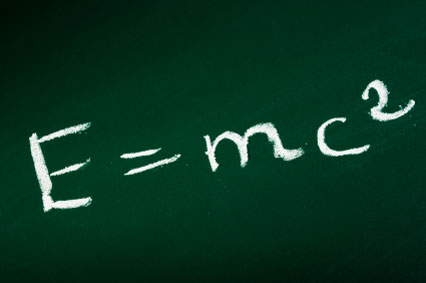Special Relativity: Universal speed limit
WHAT IS THE UNIVERSAL SPEED LIMIT?
Einstein's theory of special relativity predicted that mass and energy are the same thing, but just in different forms. In other words, all mass can be converted to pure, raw energy. Einstein worked on this concept to come up with the universal mass-energy equivalence equation:

where E is energy, m is mass, and c is the speed of light
This equation works well with another consequence of relativity, known as relativistic mass, which basically details how the mass of a body increases exponentially at higher, relativistic speeds. (For more clarity on this concept, refer to the link provided at the end.)
The effect is more pronounced as the object approaches speeds comparable to the speed of light. However, as the object's speed approaches c, the speed of light, its mass increases exponentially, tending towards infinity. On the other hand, E = mc^2 shows how an object with infinite mass will need to possess an infinite amount of energy as well, which is impossible.
Thus, the universal speed limit for any object in space and time is the speed of light, which is equal to:
c = 299,792,458 m/s
This concept has proved to be useful in a variety of areas in theoretical physics, contributing to our knowledge of the known universe. The value itself is a benchmark fundamental constant and plays a central role in the law of causality. Learn more about the derivation and reasoning of relativistic mass, and about special relativity in its entirety, through this oversimplified presentation.



Comments
Post a Comment